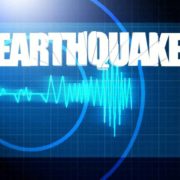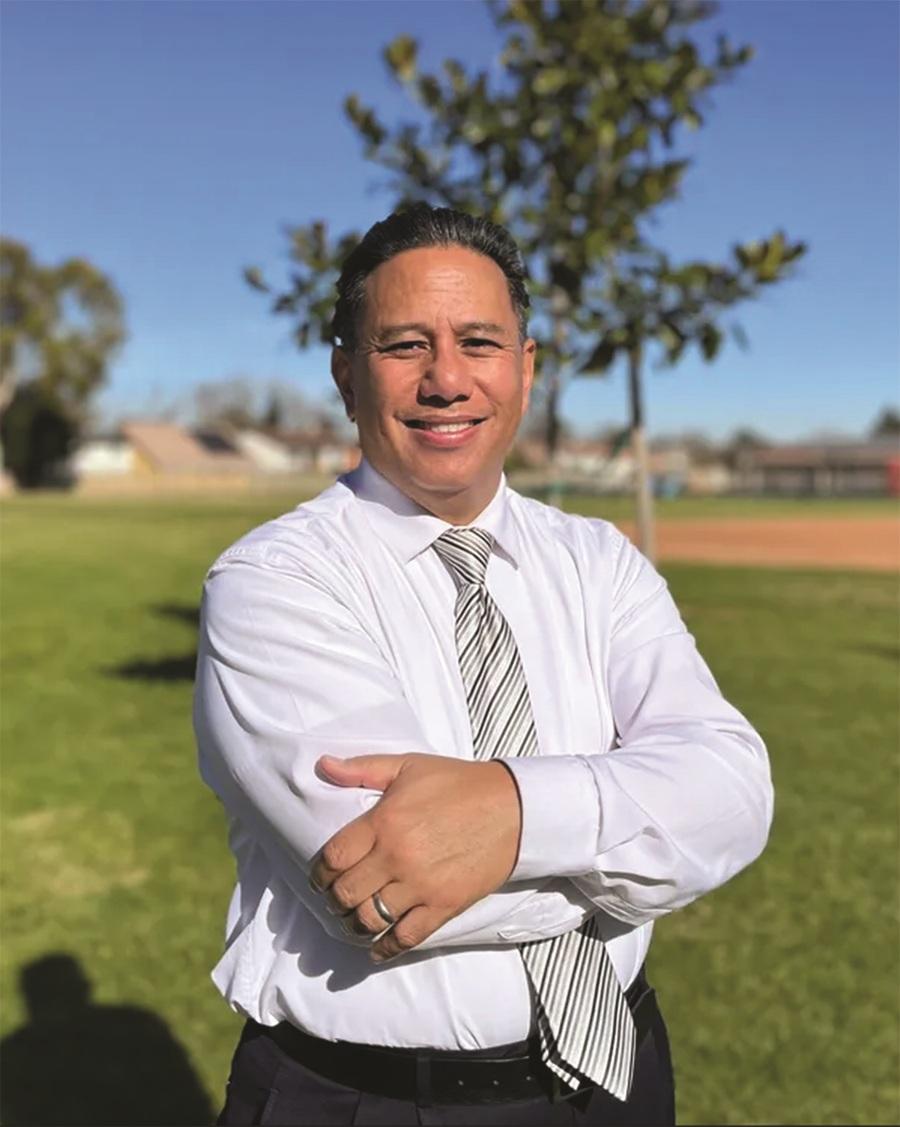SCIENTISTS say the earthquake fault that runs through the coastal city of Ventura can produce “strong shaking and dangerous tsunamis,” according to new research.
The fault cuts through the heart of downtown Ventura, past City Hall and the historic mission, before leading into the Pacific Ocean. For decades, seismic experts believed the fault posed only a moderate threat and was incapable of much damage.
New research shows that the Ventura fault is more dangerous than previously thought, capable of producing quakes as large as a magnitude 8. A large earthquake on the Ventura fault could cause a tsunami that begins in the Santa Barbara Channel and affect coastal communities to the south, from Santa Monica and even further.
Researchers also found that the Ventura fault appears to be connected to a network of others that stretch from the Santa Barbara coast and into eastern Ventura County—meaning it could cause shaking along nearby faults to the east, along the foothills of LA and San Bernardino counties.
The report prompts state officials to study whether to revise disaster hazard maps and protocols, and start seeing the fault as more dangerous than once thought.
“The [Ventura fault] does right through downtown Ventura, so…clearly there would be a lot of damage,” said Tom Jordan, director of the Southern California Earthquake Center and University of Southern California earth sciences professor. “But the shaking of an event of this magnitude would affect an area for hundreds of kilometers around it. So it’s not just right there in Ventura—it’s the whole, effectively, coastal Southern California from Santa Barbara to LA.”
A major earthquake on the Ventura fault is estimated to occur every 400 to 2,400 years. The last major quake hit over eight centuries ago. Large temblors occur on this fault less frequently than on the more inland San Andreas fault, which has long been considered the state’s most dangerous, but does not pose a tsunami risk.
The worst tsunami risk comes from a mega-quake from Alaska, which would give Californians hours to evacuate. This kind of earthquake, however, would produce 32 and 126 times more energy than the 1994 Northridge earthquake, which was a magnitude 6.7.
“This is a story that is going to become more and more common,” said Chris Willis, a supervising engineering geologist. “There is a potential on many parts of the fault network for a number of faults to go together and generate a big earthquake.”
The California Geological Survey said it is studying whether to revise tsunami hazard maps in light of the new information on the Ventura fault. One study found that the inundation would be “severe right along the coast,” but didn’t call for redrawing evacuation zones farther inland.
“We’re not done looking at it,” said Rick Wilson, a California Geological Survey senior engineering geologist. “If new information comes forward, we’ll change the lines to make sure the communities are as safe as possible.”
“People should stand up and take notice,” said US Geological Survey geophysicist Ken Hudnut, not affiliated with the study. “It used to be nobody would’ve ever claimed magnitudes of earthquakes along this fault system that were in that size range.”’
(With reports from Los Angeles Times)
(www.asianjournal.news)
(LA Midweek April 22-24, 2015 Sec. A pg.1)






